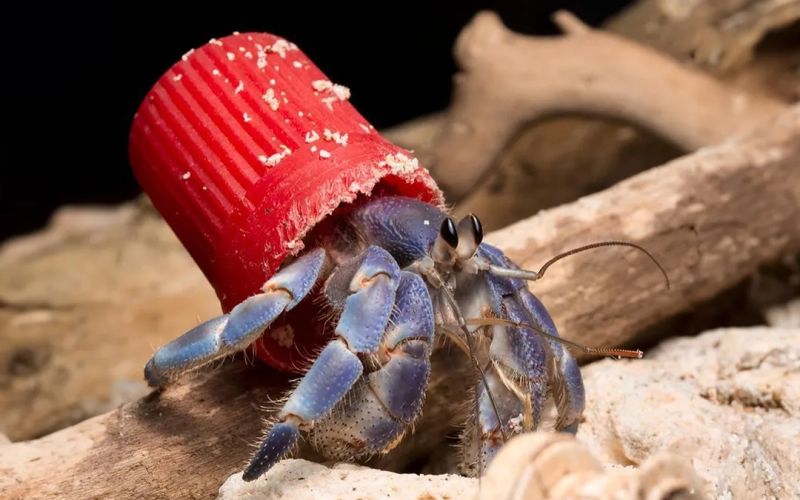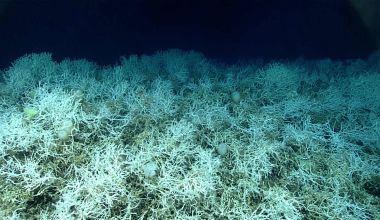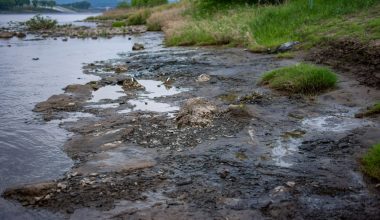Plastic shells have become a fashion trend for hermit crabs across the world. In a new study, scientists have looked into how often hermit crabs are using plastic and other human-made materials as their shells, concluding that it is likely to be a global problem across many different species.
Researchers at the University of Warsaw in Poland analyzed nearly 29,000 images of hermit crabs that had been uploaded to online platforms such as iNaturalist by wildlife enthusiasts.
They identified 386 crabs that had co-opted artificial shells as their homes. The most common human-made material was plastic caps, like the ones you find on soda bottles, which accounted for up to 85 percent of the artificial shells.

All in all, they estimated that the problem impacts at least 10 of 16 terrestrial hermit crab species found across the tropical regions of the planet.
“When I first saw these pictures, I felt it was heart-breaking,” Professor Marta Szulkin, study author from the Institute of Evolutionary Biology at the University of Warsaw, told BBC Radio 4.
“At the same time, I think we really need to understand the fact that we are living in a different era and animals are making use of what is available to them,” she added.
Hermit crabs have a soft abdomen with an exoskeleton that needs protection. To save on the energy-intensive process of growing their own shell, they’ll simply hijack the disused shells left behind by dead crustaceans. However, with the world’s oceans becoming increasingly polluted with plastic, it appears many hermit crabs are increasingly tempted to use trash as their shelter.
The new study looked into why hermit crabs are ditching their typical natural shells in favor of artificial alternatives and concluded that it likely hinges on a few different things.
Sexual selection is a likely factor because females may be attracted to the novelty of the plastic shell. Plastics are also generally lighter than chitin shells, which makes it a more practical choice. Additionally, hermit crabs may be choosing plastic shells as it helps them camouflage in polluted environments.
It’s not clear if the plastic shells are impacting the well-being of the hermit crabs or whether it’s a benign consequence of living in the Anthropocene. In a follow-up study, the team hopes to uncover whether this new behavior is affecting the evolution of hermit crabs.
“These analyses will deepen our understanding of the consequences of plastic pollution in marine ecosystems, as well as the evolution of species in the context of new evolutionary pressures associated with the Anthropocene,” the researcher said in a statement.
Hermit crabs aren’t alone in their plastic plight. In recent times, scientists have documented a myriad of ways that the natural world is being changed by the ever-growing presence of plastic, from turtle bellies filled with artificial netting to ants becoming entangled in synthetic fibers.
In one particularly jarring example, geologists have recently discovered “plastic rocks” on a remote volcanic island off the Brazilian coast.
The new study is published in the journal Science of The Total Environment.






